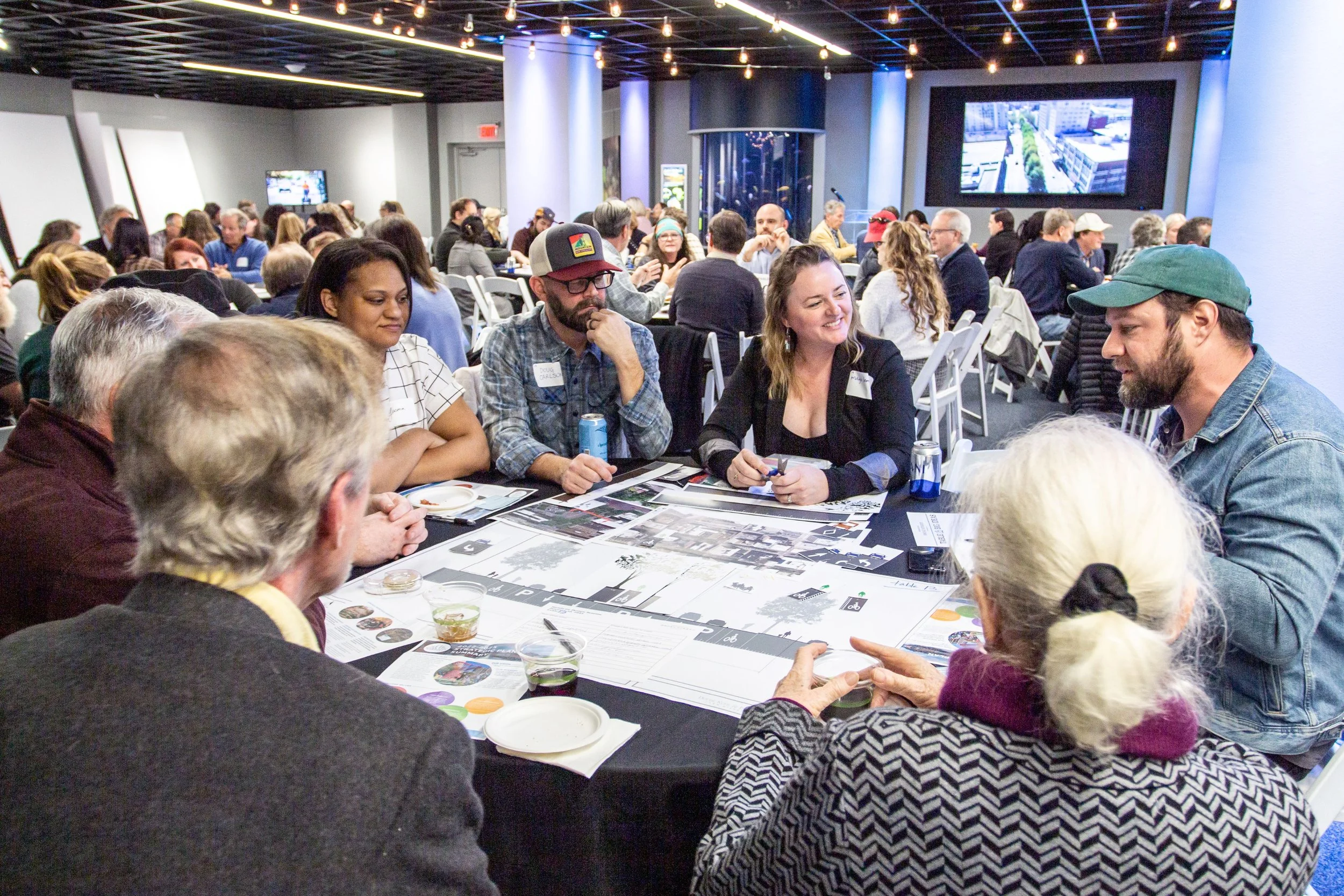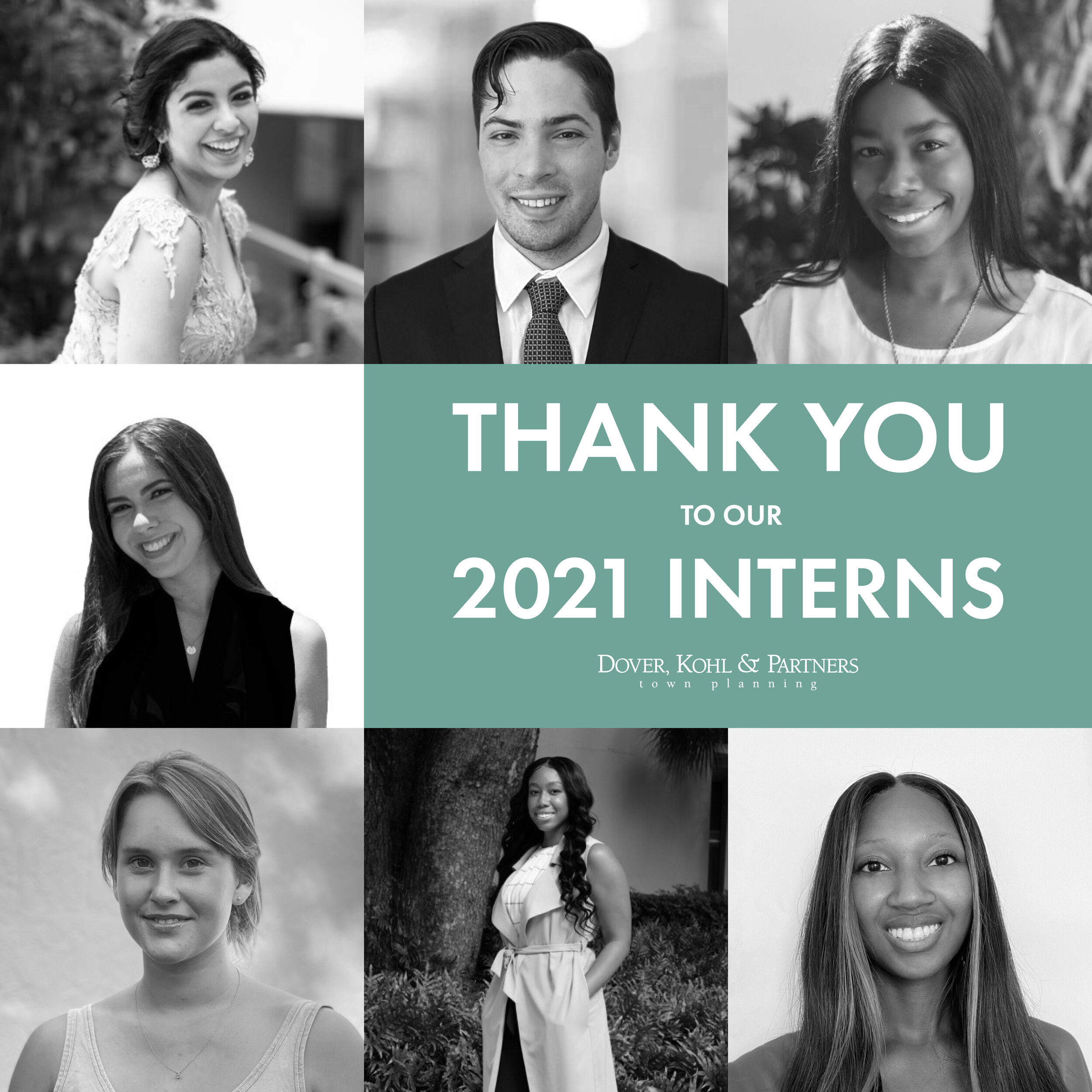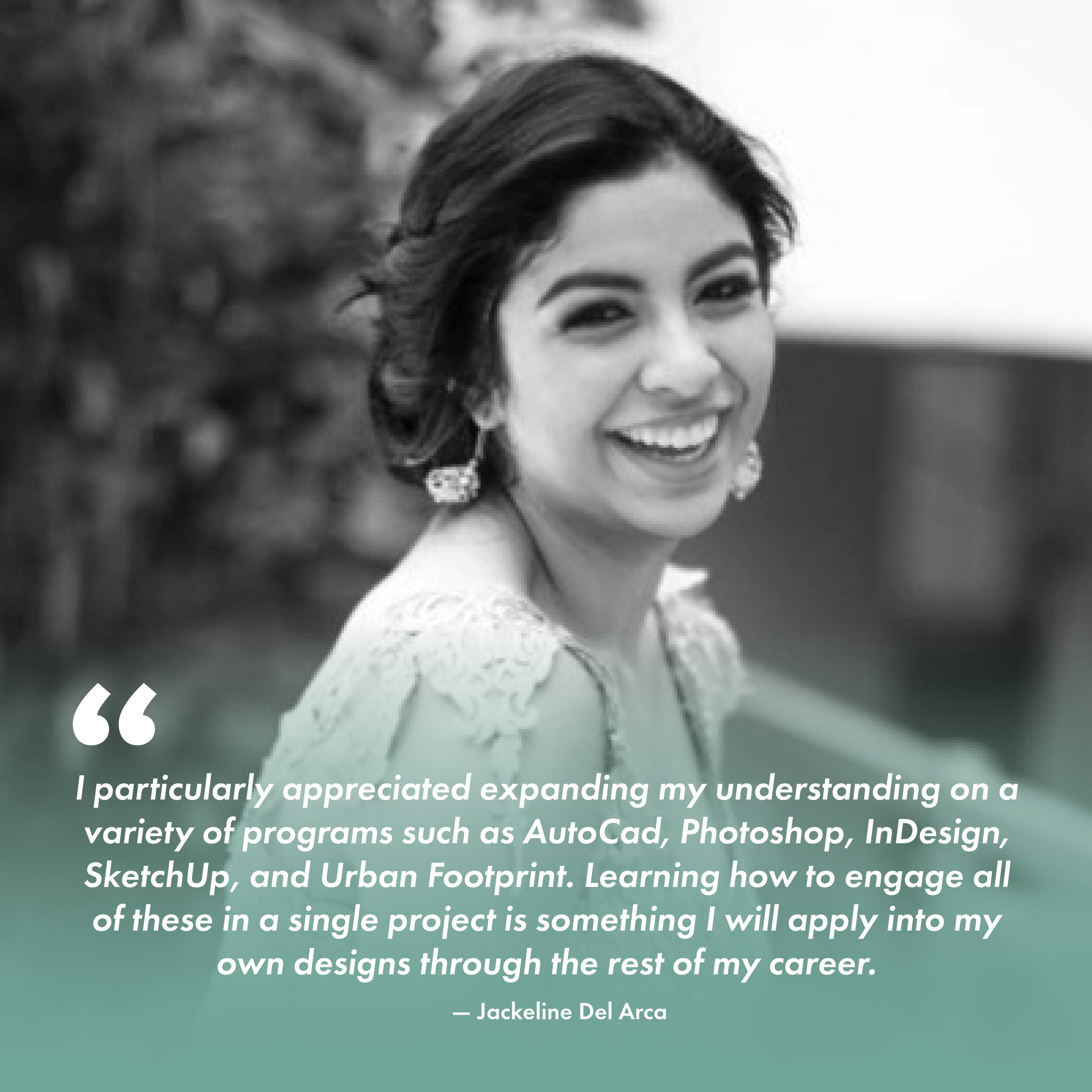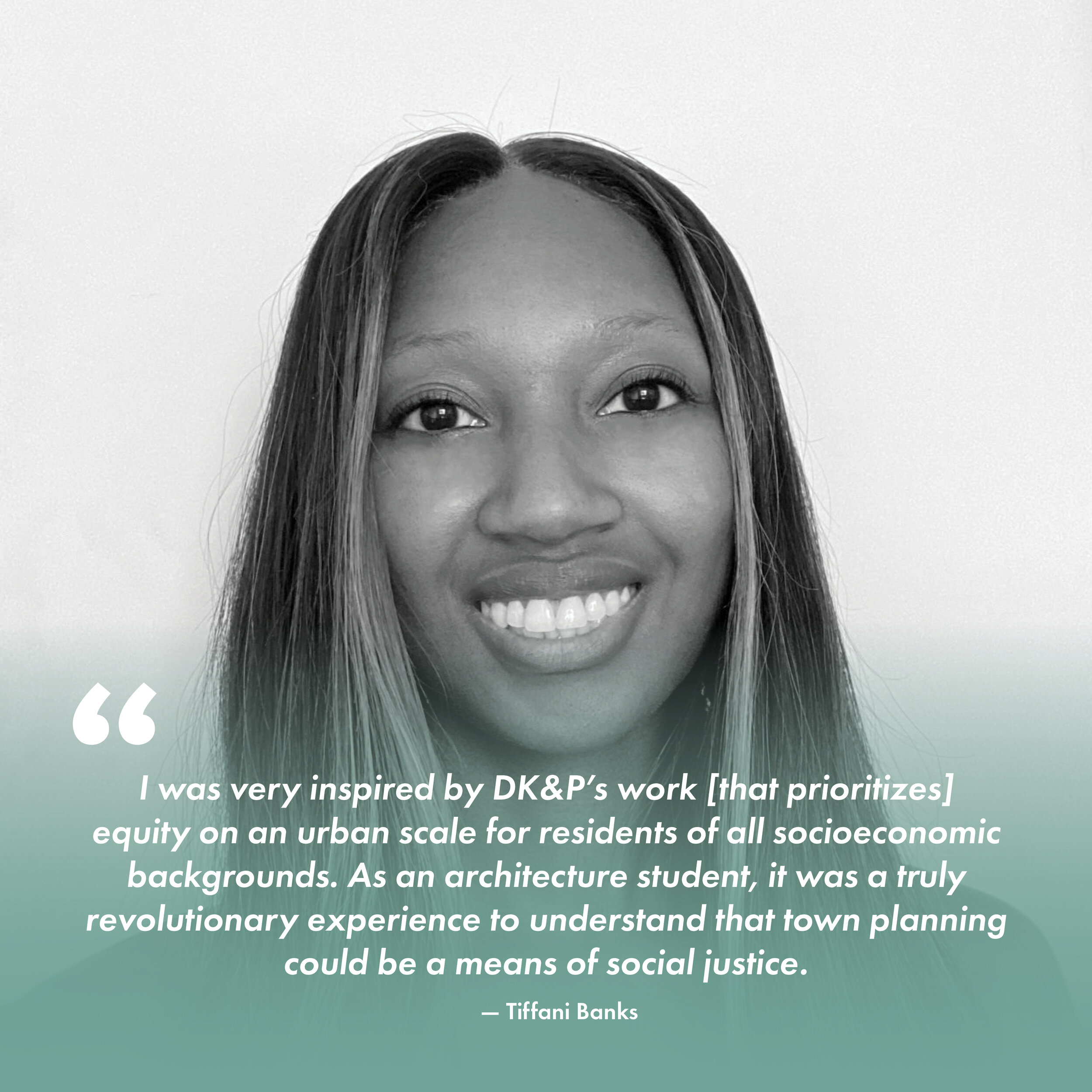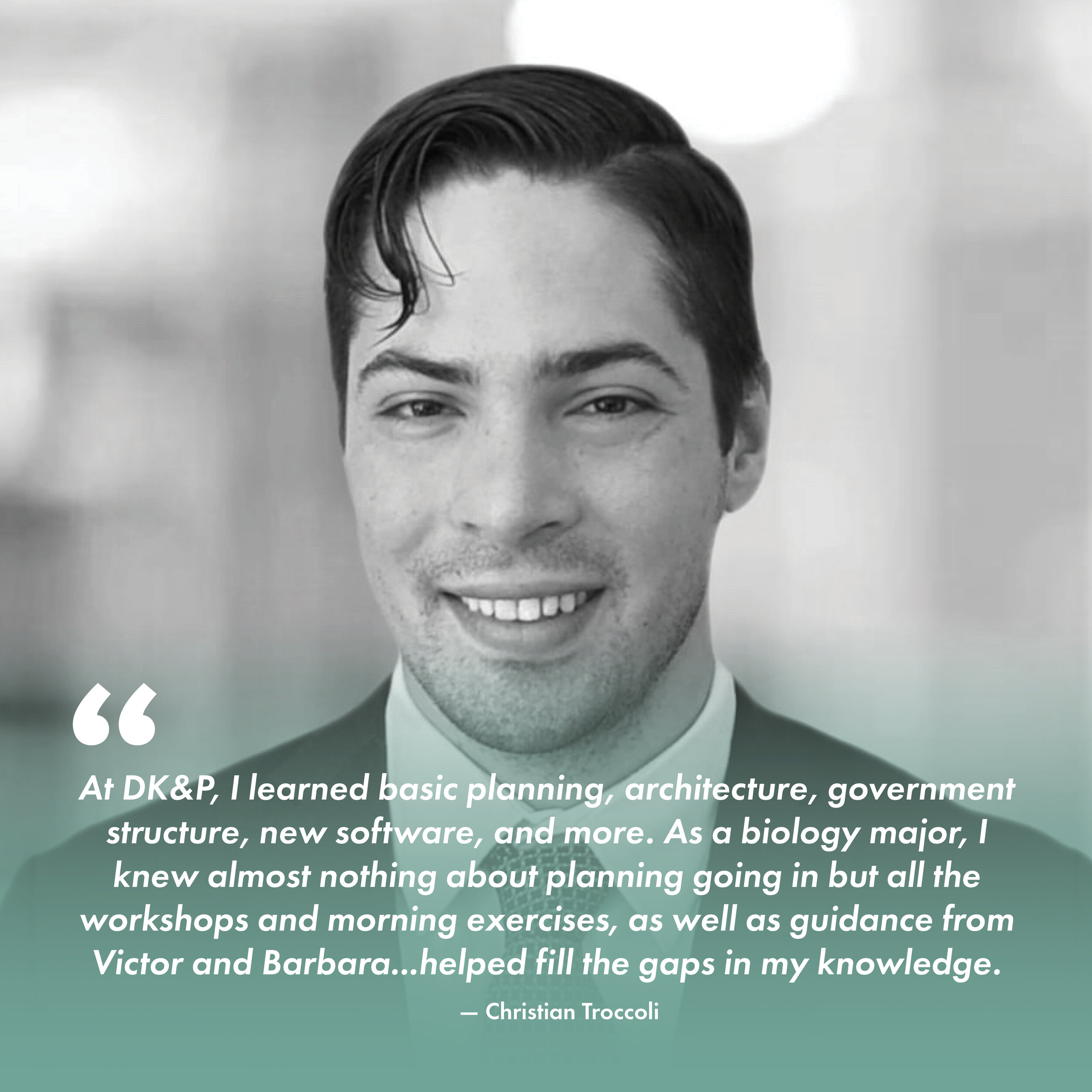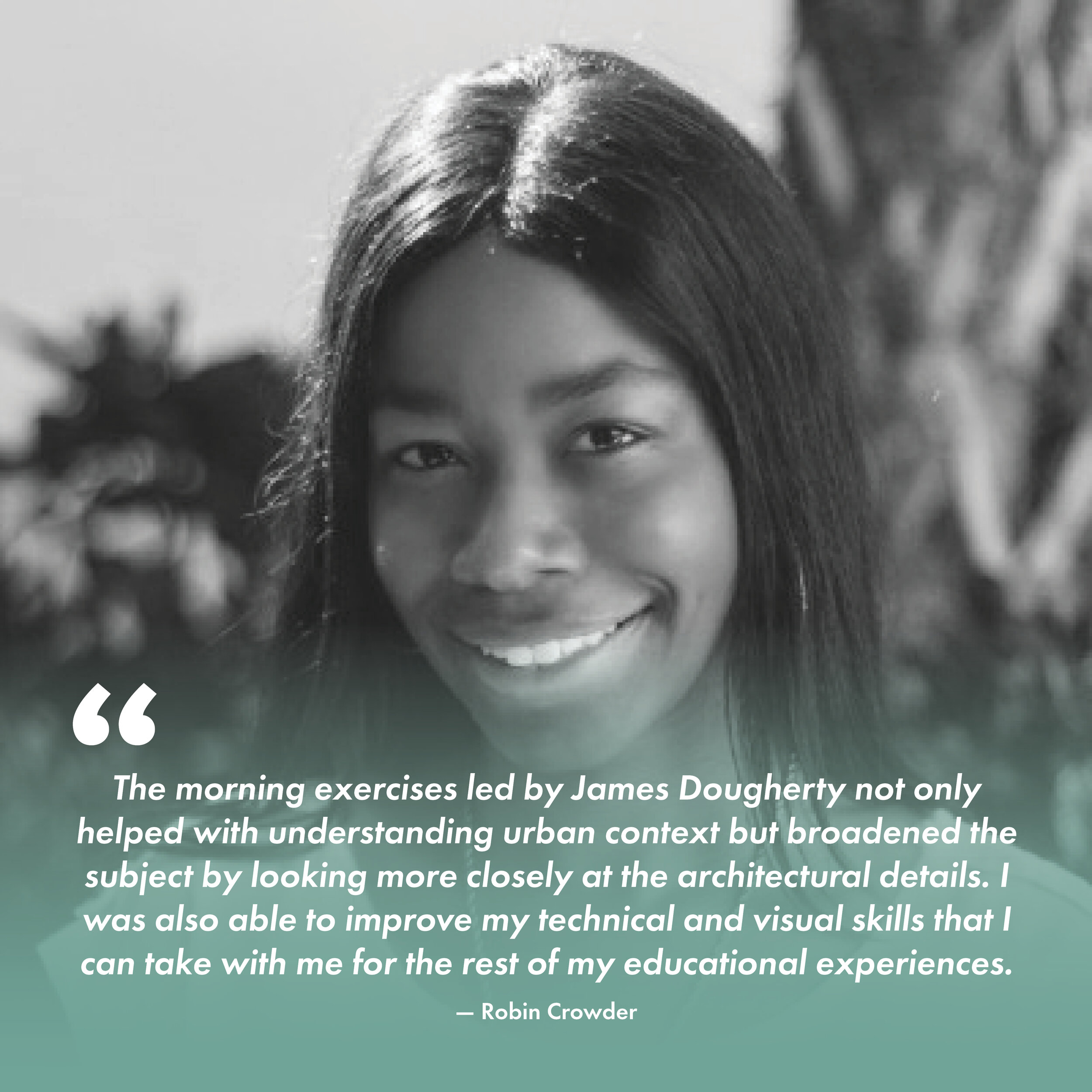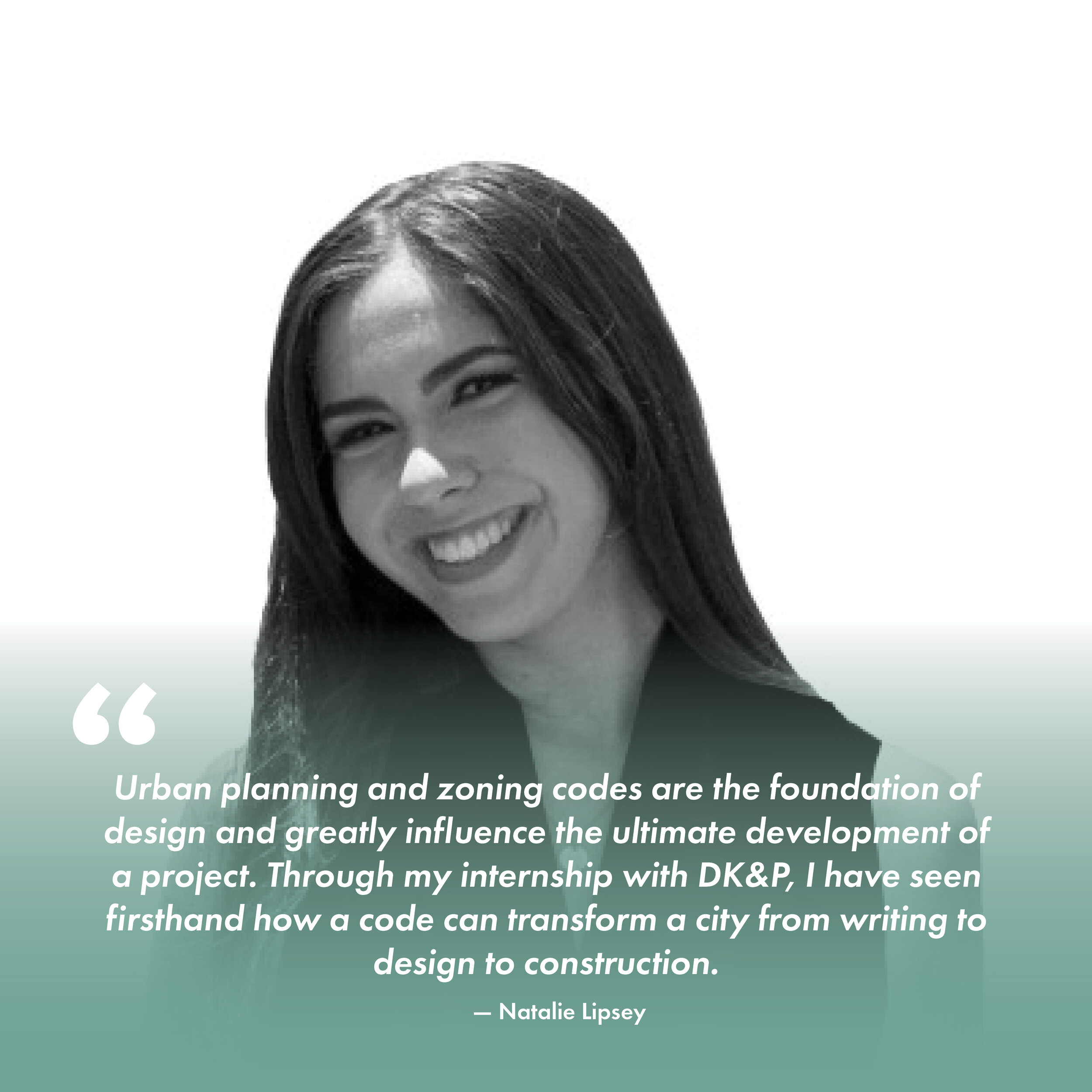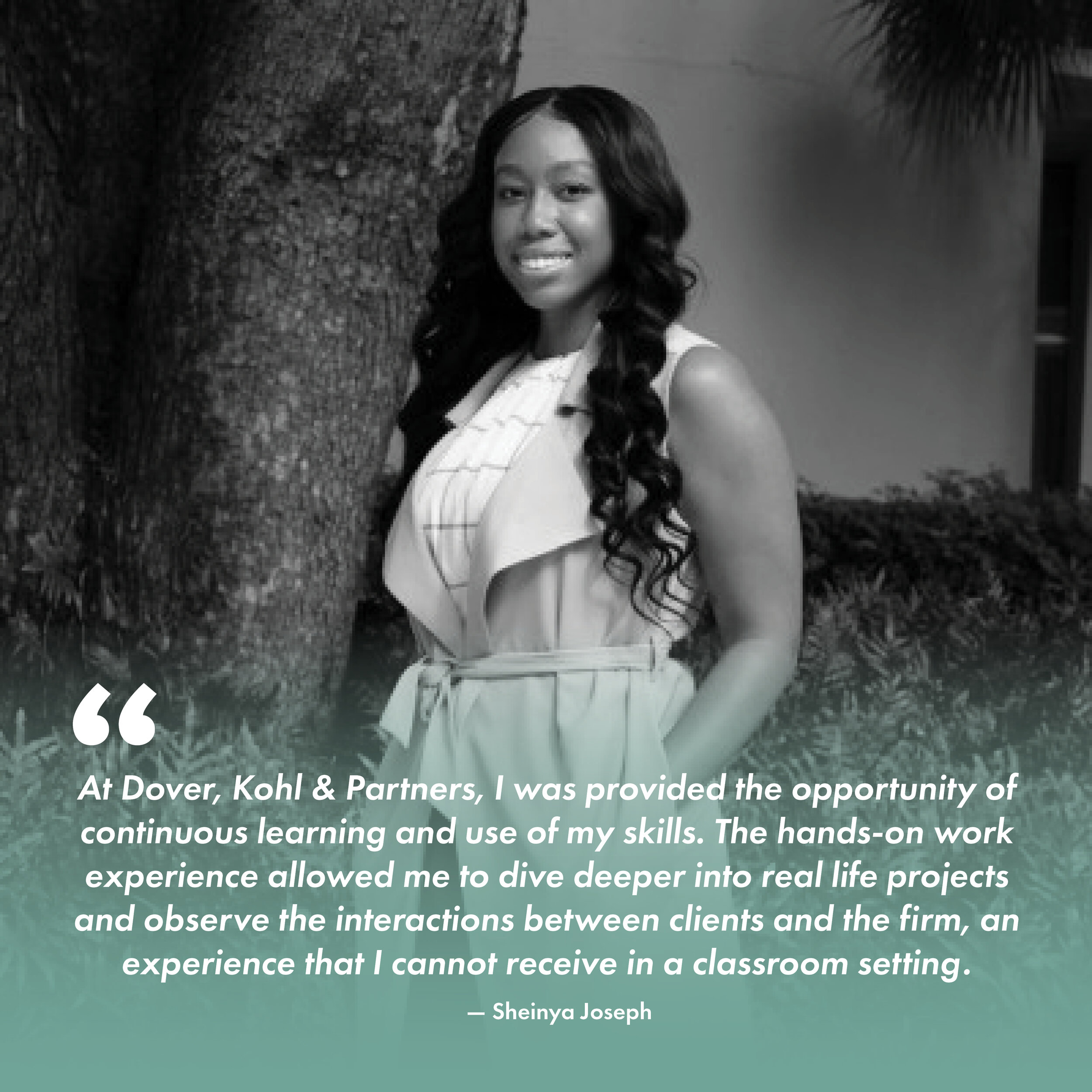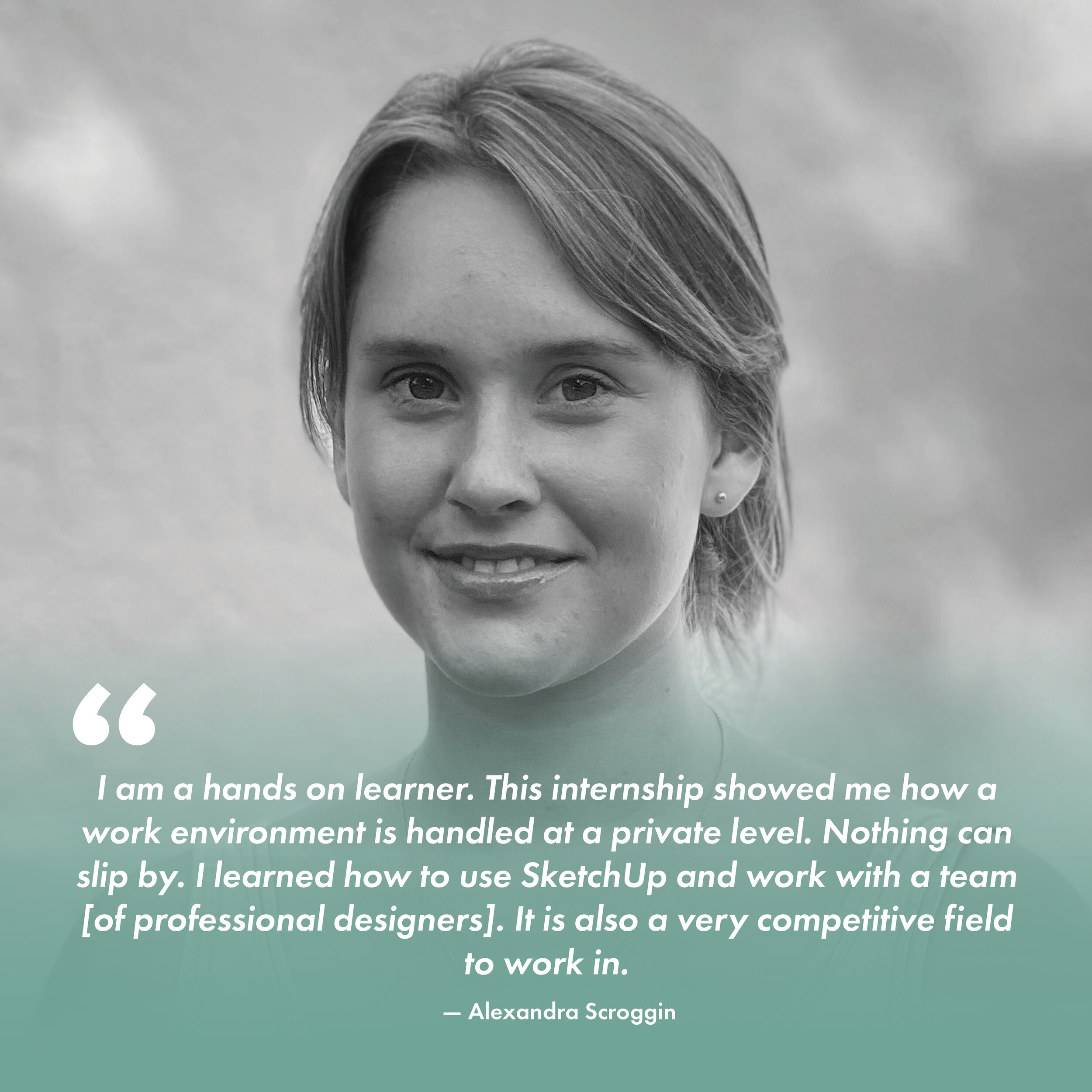“Every city is looking at rebalancing the relationship from motoring and all the other things we do in a public space, like walking, biking, using transit, or just having a great address for your business or your home.” – Victor Dover, Principal, Dover, Kohl & Partners
Downtown Chattanooga is shifting the focus of its most important street from auto-oriented to more pedestrian-friendly. Listen in as the team from River City Company and Dover, Kohl & Partners chat with Ray Bassett of WUTC’s Scenic Roots about the transformation of this premier public space.
Could Broad Street become a park with a street running through it? Is there a way to shift the amount of space dedicated to moving and storing vehicles to a more pedestrian oriented space, with wider sidewalks, street trees that provide shade and beauty, and safer cycling options? The time is now to figure out, what’s next? What should this street be?
On January 10, 2023 over 150 community members gathered at the Tennessee Aquarium, working in small groups, sharing ideas for the future of Broad Street, and designing the street together. It was an evening marked with civic enthusiasm and pride. “For me, it was a confirmation that Broad Street is as important as I thought it was to the people in Chattanooga, it looks to me… like the most important street in the region, and yet an unfinished work-in-progress,” explained Victor Dover.
Reimagining Broad Street is the direct result of community input, technical analysis, and visualizing change. Emily Mack, President and CEO of River City Company shared that “this initiative was something that our community articulated, that they really wanted to see a more active, thriving, robust Broad Street.”
For more information, visit broadstreetcha.com.


